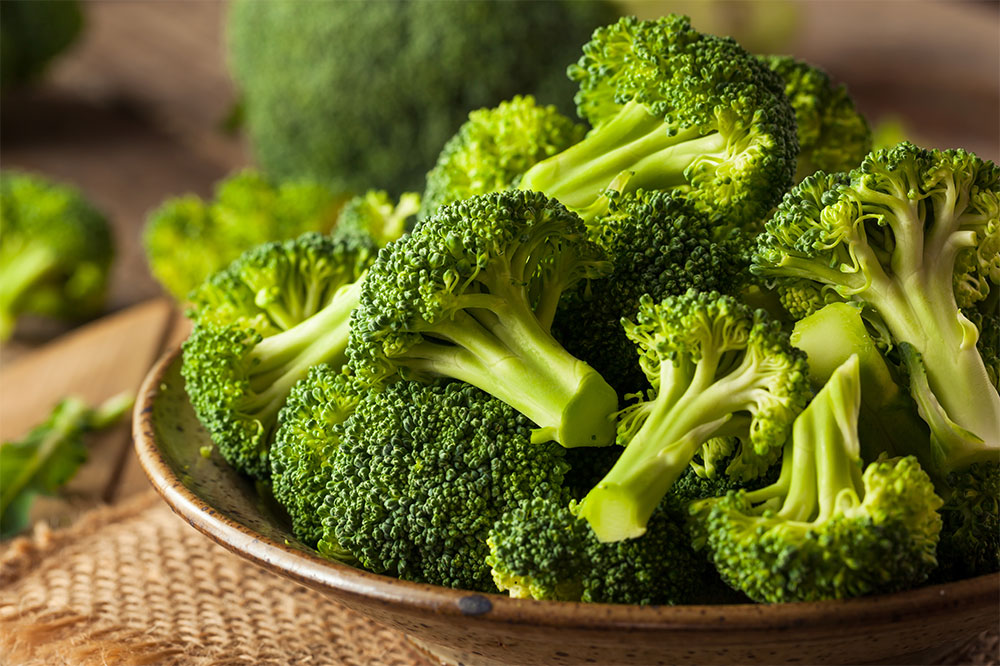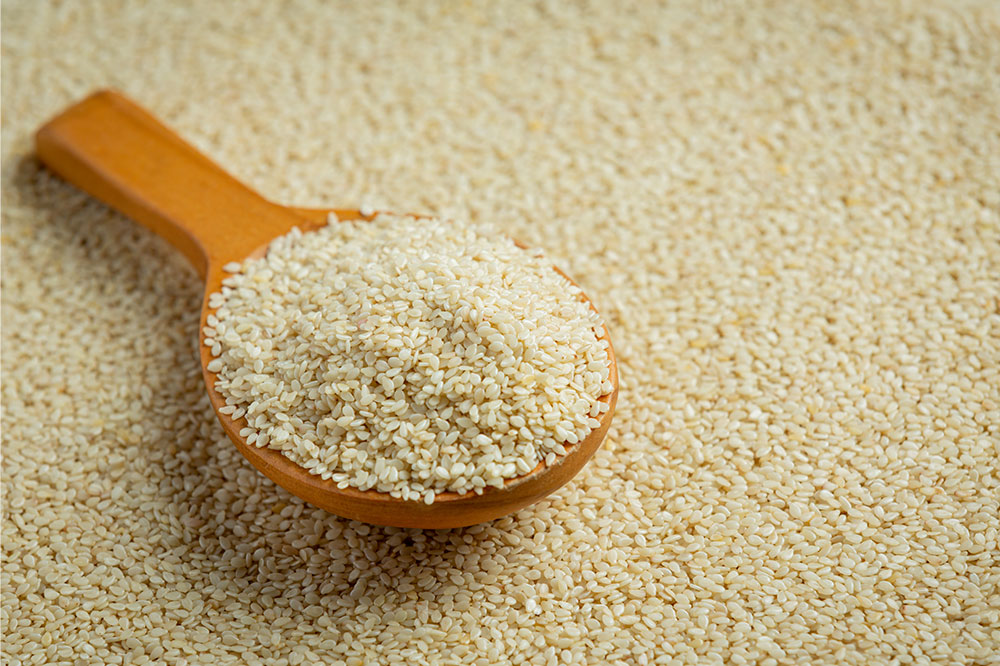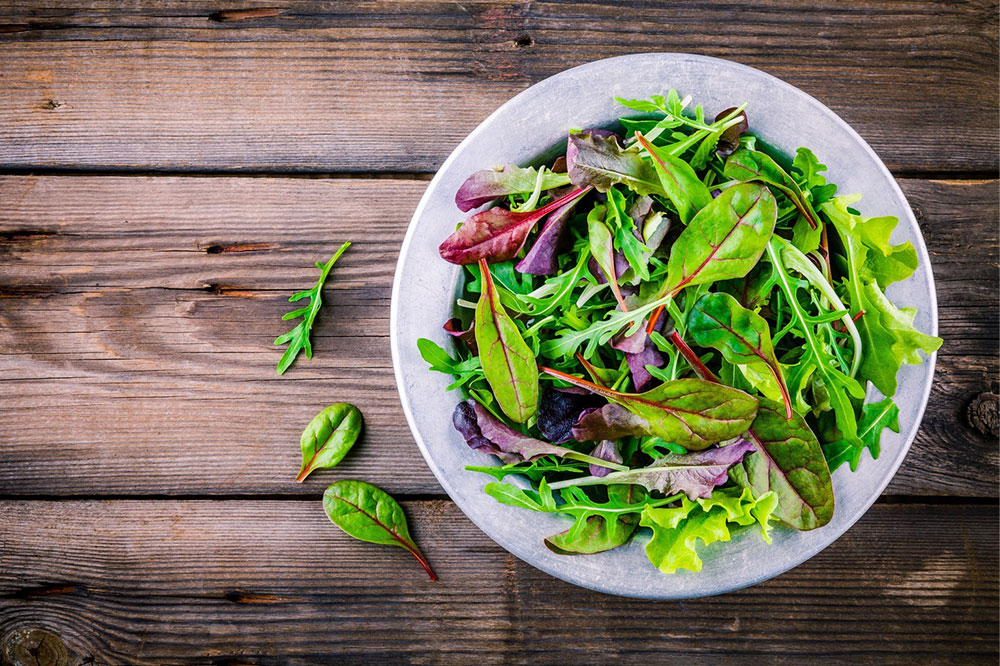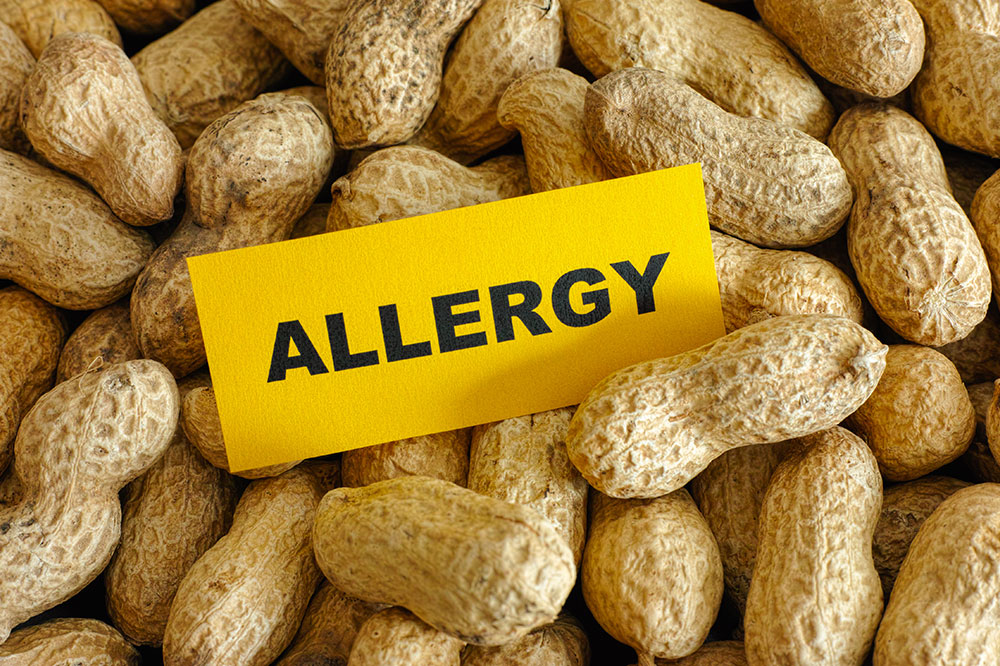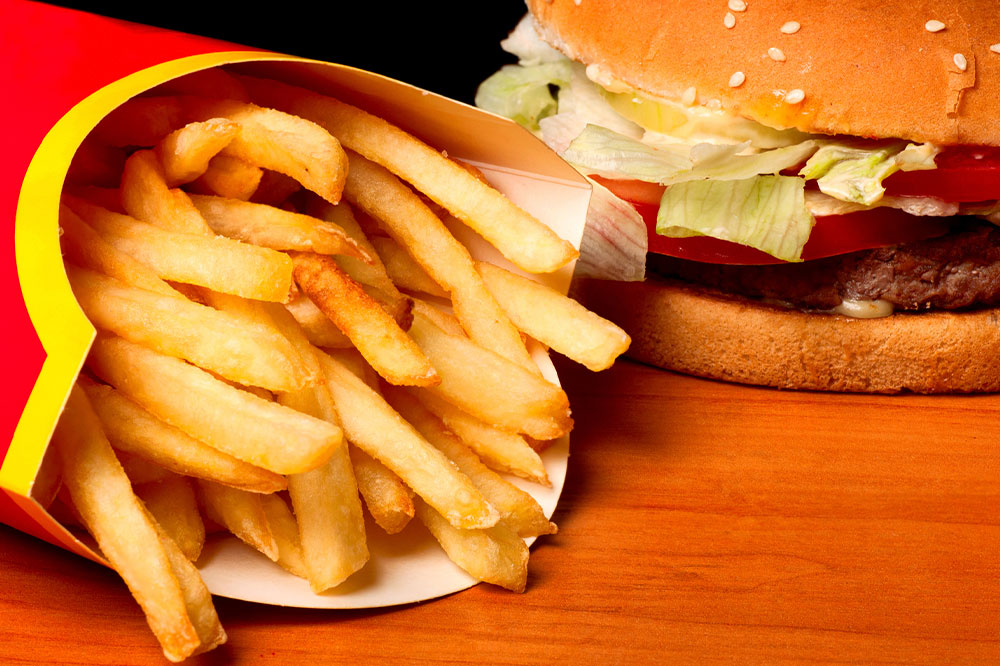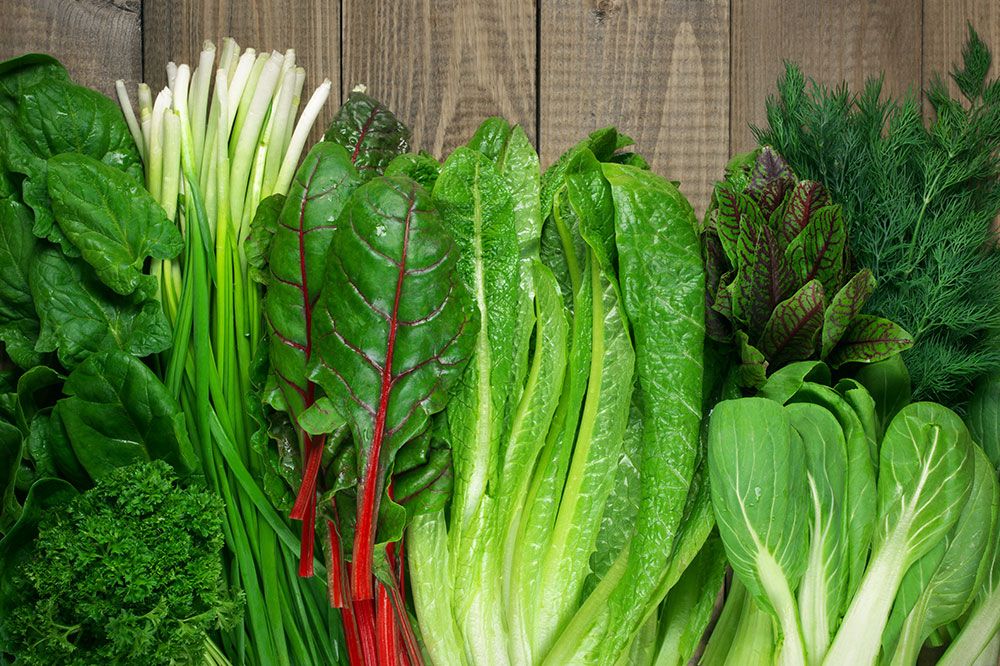
Foods to avoid for managing melanoma symptoms
Melanoma is a skin cancer that develops when melanocytes — cells that give our skin its color — grow out of control. If left undetected and untreated, the disease can spread to other parts of the body. While melanoma can be cured, patients must follow a healthy nutrition plan for a better prognosis. This article lists the foods one must avoid with melanoma and other skin cancers, along with suitable medications like OPDIVO®. Coffee Though coffee is an excellent beverage for keeping one awake during those long office hours, it is harmful to those with melanoma. Coffee contains caffeine, a property known to cause dehydration. And since cancer treatments require the patient to be hydrated all the time, patients must stay away from the beverage as far as possible. Processed and red meats The WHO has classified red meats (beef, pork, lamb, etc.) and processed meats (ham, bacon, frankfurters, salami, etc.) as Group 1 carcinogens. This is because they contain specific chemicals, both naturally occurring or artificial, that can lead to different cancers and worsen the symptoms. Desserts and sweets As tasty as they are, desserts and sweets do not provide much nutritional value to the human body. Moreover, having too many sugar-rich foods can reduce the effect of healthy foods that can fight cancers.
Read More 

